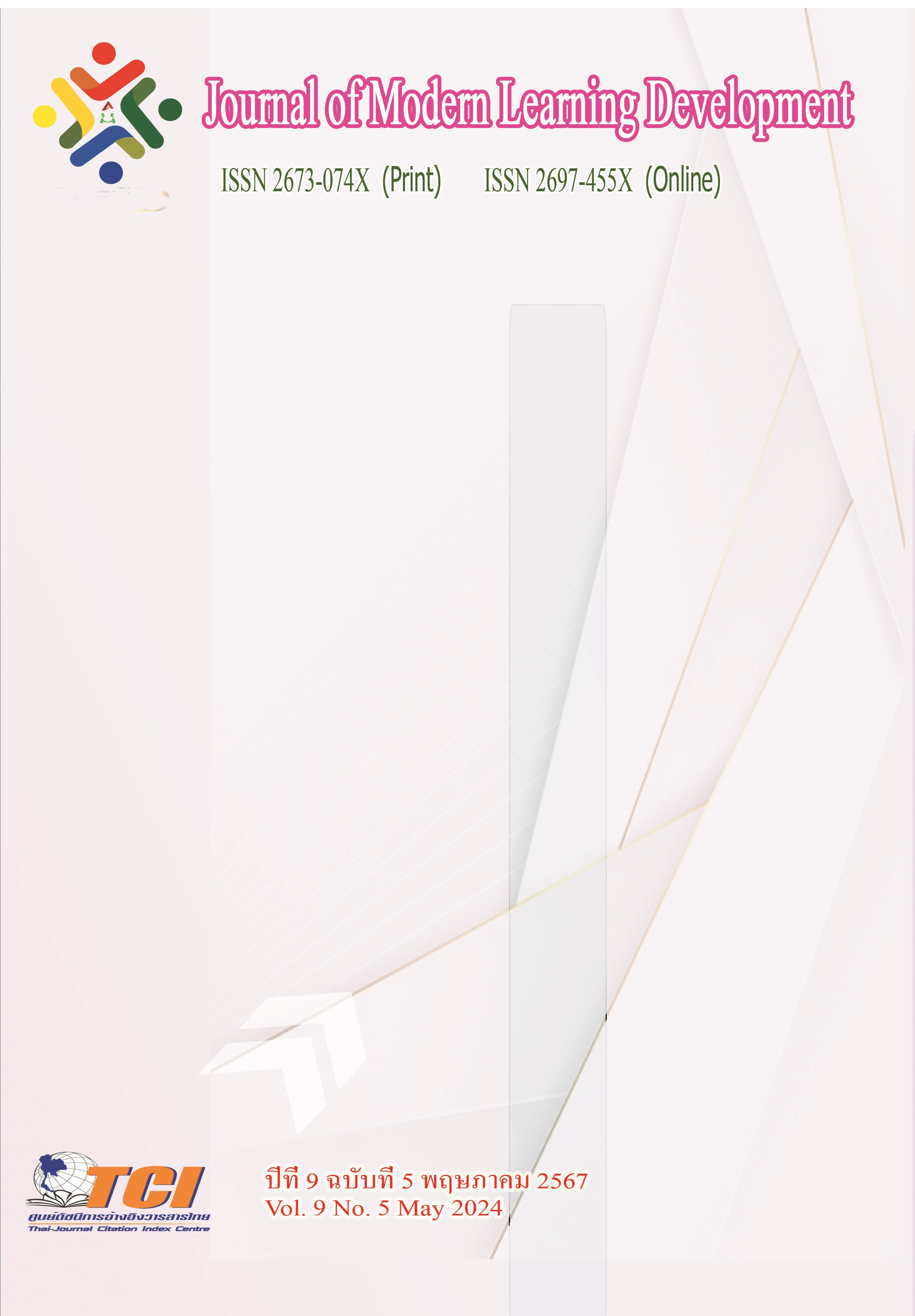Management Mode of Architecture and Artificial Intelligence (Ai) Interaction Across Design Phases Based on Generative Design
Main Article Content
Abstract
This research delves into the transformative intersection of Artificial Intelligence (AI) and architectural design, with a particular focus on the evolving management modes in this domain. The study is set against the backdrop of architectural landscape, a city emblematic of technological progress and cultural richness. The central aim is to unravel how AI influences and reshapes architectural practices, from the initial conceptualization stages to the final design implementation.
The methodology employed is a mixed-method approach, encompassing quantitative surveys, qualitative interviews, and in-depth case studies. This comprehensive methodological framework ensures a nuanced understanding of the multifaceted nature of AI integration in architecture. The research primarily focuses on identifying and analyzing various management models (such as the 4M Management Model, Agile, Lean, and Six Sigma) and their adaptation in integrating AI within different architectural design phases.
Key findings reveal a growing trend of AI adoption in architectural design, especially in the areas of generative design, which significantly enhances design efficiency, innovation, and client satisfaction. However, challenges such as resistance to technological change, data privacy concerns, and the high costs associated with AI integration also emerge as significant barriers.
In conclusion, this research not only fills a critical academic gap by providing a comprehensive analysis of AI's role in modern architectural practices but also sets the stage for future explorations in this field. It underscores the importance of balancing technological innovation with ethical and cultural considerations, paving the way for a future where architecture and AI synergistically create sustainable, efficient, and aesthetically pleasing built environments.
Article Details
References
Gao, S. (1994). "History of Christian Schools in China." Changsha, China: Hunan Education Publishing House,.
Hu, Q. (2022). "Cultural Capital of Colleges and Universities: Connotation, Types and Characteristics." J. East China Norm. Univ. (Educ. Sci.).
Dong, L. (2005). "Buildings in Mission Schools and the Renaissance of Chinese Traditional Architecture." J. Nanjing Univ. (Philos. Humanit. Soc. Sci.).
Watt, D.S. (2009). "Building Pathology: Principles and Practice." Hoboken, NJ, USA: John Wiley & Sons.
Rabun, J.S.; Kelso, R. (2009). "Building Evaluation for Adaptive Reuse and Preservation." Hoboken, NJ, USA: John Wiley & Sons.
Rabun, J.S. (2000). "Structural Analysis of Historic Buildings." Hoboken, NJ, USA: John Wiley & Sons.
Giebeler, G.; Krause, H.; Fisch, R.; Musso, F.; Lenz, B.; Rudolphi, A. (2012). "Refurbishment Manual: Maintenance, Conversions, Extensions." Basle, Switzerland: Birkhäuser.
Di, X.; Tao, L. (2012). "Technical Guide for Assessment and Renovation of Existing Buildings." Beijing, China: China Building Materials Press.
Cao, X.; Feng, D.; Wu, G.; Zeng, Y. (2020). "Reusing & Replacing Performances of the AB-BRB with Thin-Walled Concrete-Infilled Steel Shells." Thin-Walled Struct.
Cao, X.; Shen, D.; Feng, D.; Wang, C.; Qu, Z.; Wu, G. (2022). "Seismic Retrofitting of Existing Frame Buildings through Externally Attached Sub-Structures." J. Build. Eng.
Zhou, Q.; Ye, B. (2018). "Technical Guide for Conservation & Renovation of Near-Modern Architecture in Nanjing." Beijing, China: China Building Materials Press.
Xie, M.; Zhang, G.; Xu, F. (2007). "Sustainable Design Strategies on Retrofit of Old Industrial Building in China." Beijing, China: Tsinghua University.
Shi, J.; Zhang, T.; Fukuda, H.; Zhang, Q.; Bai, L. (2022). "Socio-Environmental Responsive Strategy and Sustainable Development of Traditional Tianshui Dwellings." Sustainability.
Muhealddin, B.; Abdulrahman, H.; Ali, A. (2020). "Application of Architecture Principles in Reviving Historical Buildings." J. Eng. Res.
Zhang, T. (1993). "Standard of Climatic Regionalization for Architecture." Beijing, China: Ministry of Construction of the People’s Republic of China.
Jessie, L.G. (1987). "China and Christian Colleges 1850–1950." Hangzhou, China: Zhejiang Education Publishing House.
Leng, T. (2009). "Pain in Styles, Gain in Tectonic: Study of Church Architecture in Early Modern Nanjing." Ph.D. Thesis, Nanjing University, Nanjing, China.
Sun, H. (2005). "Ginling Hundred Houses—Ginling College." Shijiazhuang, China: Hebei Education Press.
Sun, M. (2022). "Nanjing Normal University Website Homepage." Online Resource Accessed on 26 April 2022.
Nanjing Municipal Bureau of Planning and Natural Resources. (2012). "Ginling College Historical District Planning." Nanjing, China: Unpublished work.
Lu, D. (2022). "Revisiting Adaptive Use and Reuse of Historic Buildings from the Perspective of the Secretary of the Interior’s Standards for Rehabilitation of the United States." Archit. J.


